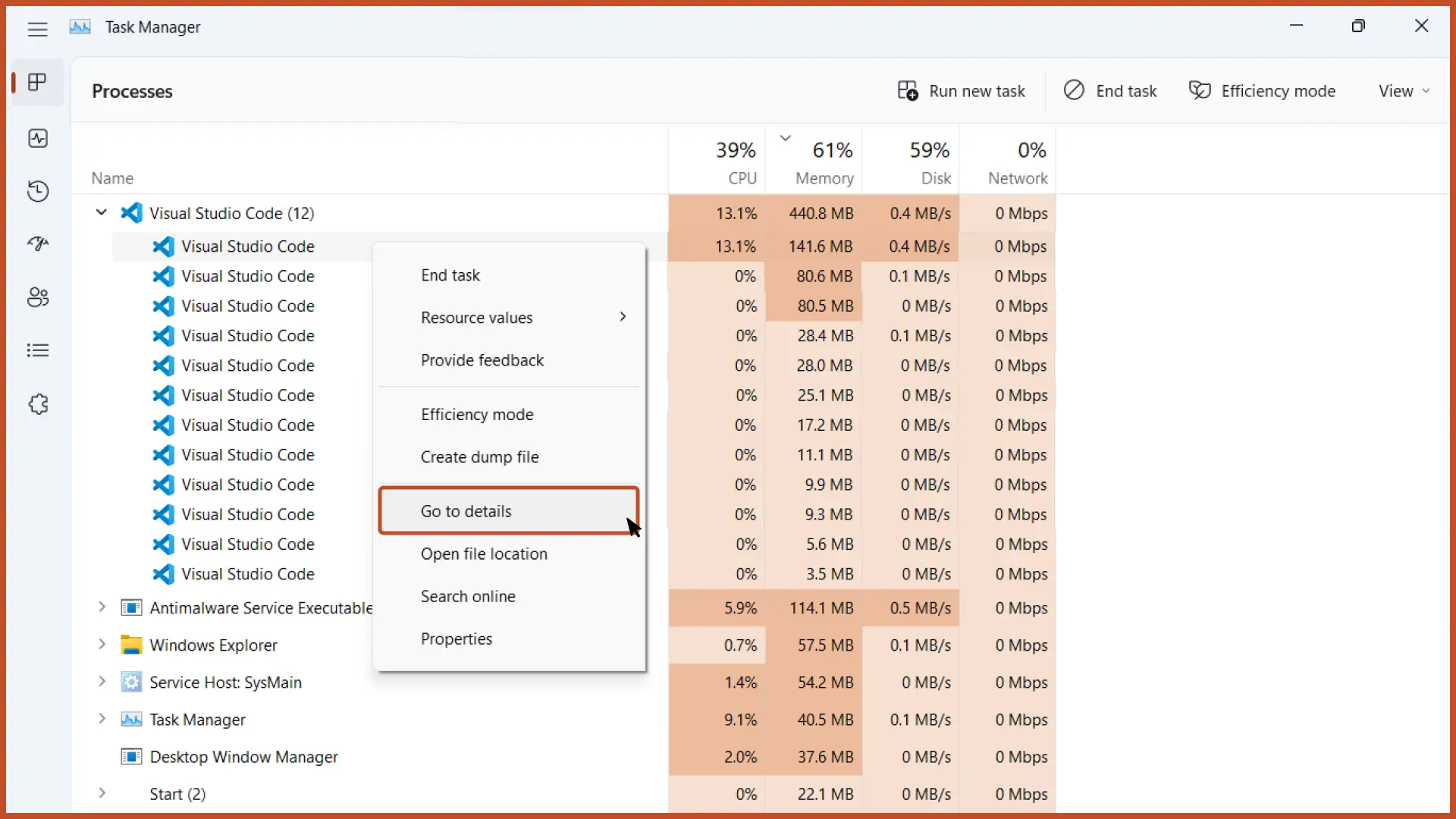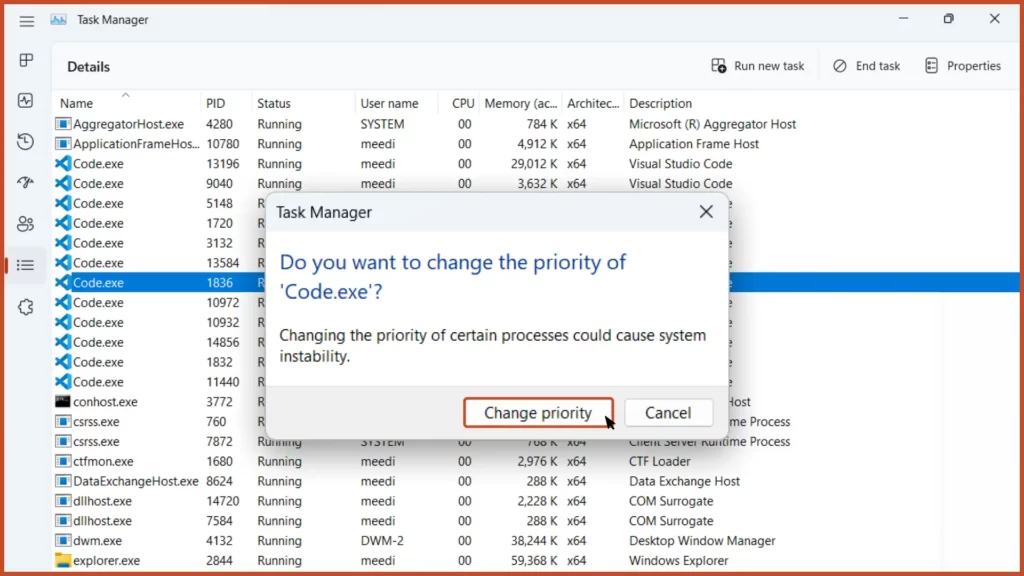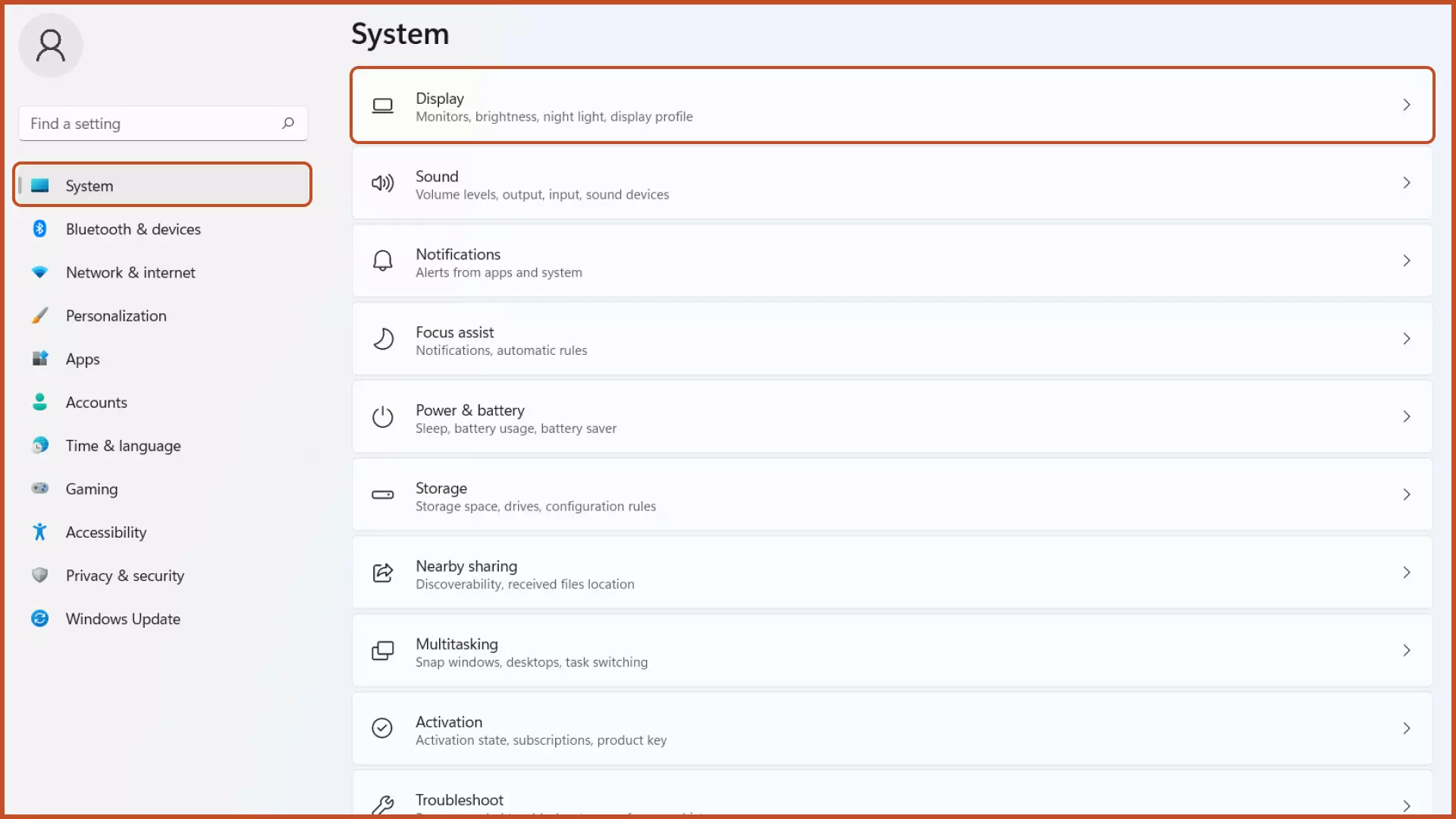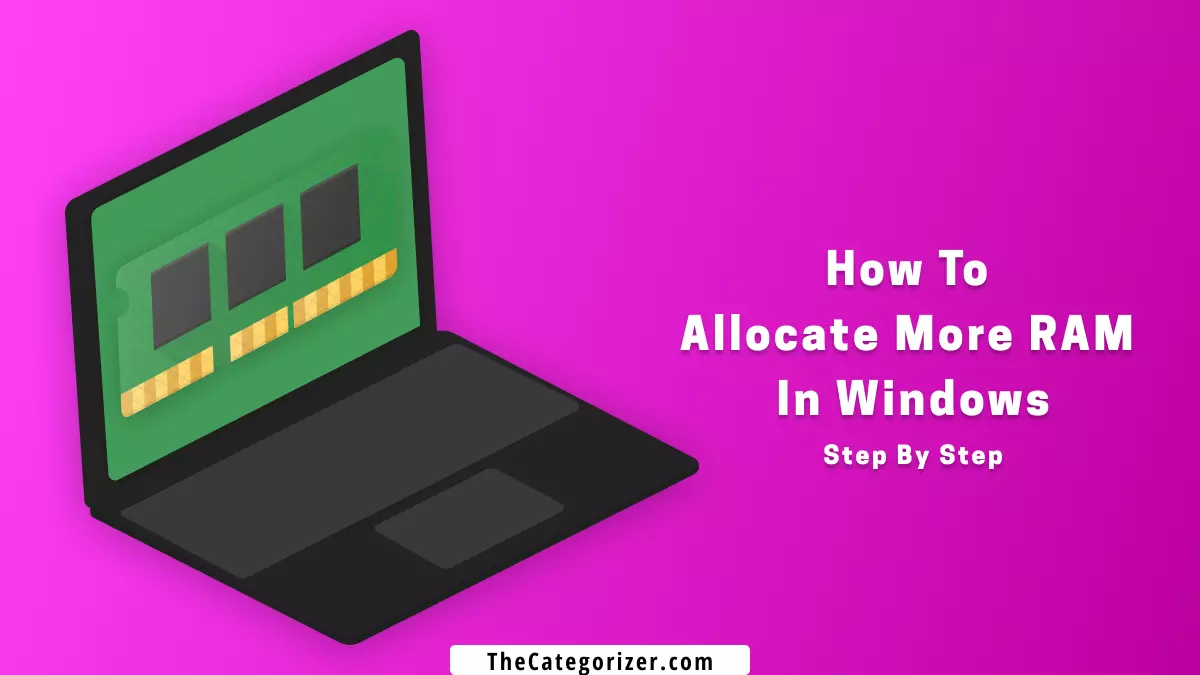Overview – Allocate More RAM to Specific Apps in Windows 11
The amount of RAM available in any computing environment is one of the crucial components influencing system performance. It appears that you want to prioritize specific apps over others to increase performance.
RAM Allocation is the amount of memory consumed to execute and run an application in Operating Systems including Windows OS. Depending on the software, some demand a lot of RAM while others only need a little.
By the end of this article, you’ll be able to allocate more RAM to Specific apps in Windows 11:
How Does RAM Allocation Work in Windows?
Memory management and RAM allocation are two concepts that go hand in hand. RAM Allocation involves the use of memory management to increase the amount of RAM allotted to programs. The process of arranging and managing computer memory dynamically or statically is known as memory management. This involves determining how much memory space each software and its respective processes should be allotted. The central memory manager is a component of the operating system (Windows) that determines where and when memory will be allocated, as well as how much memory will be allocated, before and after running the application. Also, the application’s design, code, and tech stack play a major role in determining its performance. Example: An application built on python will be way slower than the application built on C++/Rust (assuming memory is well managed in both cases). So, on this basis, allocating more memory to an application doesn’t ensure major performance boosts.
1. Allocate More RAM to Specific Apps with Task Manager
How this method works: In this method, we’re going to prioritize a running process over others so Windows allocate more resources to the process. Windows utilizes 32 priority levels internally namely: Level 0 (Zero page thread), Level 1 to 15 (Dynamic/Normal Priority), and Level 16-31 (Real-Time Priority). We’ll simply raise the priority of executing the application, and priority scheduling algorithms will control the execution of running processes based on the priority level.
Step 1: Open the Task Manager from the Start Menu or press the “Ctrl + Shift + Esc” Key Combination on the keyboard.

Step 2: Right-click the process for which you want to allocate more memory and click the “Go To Details” button.
Note: If the process is having child process (that is, having “>” sign on the left), then click the “>” sign, right-click the child process for which you want to allocate more memory (usually the one consuming the most of the memory) and click the “Go To Details” button.

Step 3: Right-click the highlighted process, and hover over the “Set Priority” option and you will see the current priority settings (with bullet point). To change the priority and allocate more memory, set the priority to Realtime/High based on your needs.

Step 4: Click the “Change Priority” button to allocate more memory.

NOTE: Do not prioritize a lot of processes to “Realtime” at the same time as it can lead to system instabilities and deadlocking.
The RAM you’ve allotted for a program will be reallocated to its default settings whenever you close it. Every time you launch the program, you’ve to allocate memory by changing the priority again.
2. Allocate Further RAM to Specific Apps with Windows Graphics Settings
Step 1: Open the Windows Settings from the Start menu or press the “Windows Logo key + I” key combination on your keyboard.

Step 2: Select the “Display” option in the System tab.

Step 3: Scroll down and select the “Graphics” button.

Step 4: Select the “Desktop Apps” option from the drop-down menu.

Step 5: Click the “Browse” button and select the app (.exe file extension) for which you want to allocate more memory.

Step 6: Now the App will be visible in the list which is by default set to the “Let Windows Decide” option. Select the App and click the “Options” button.

Step 7: Select the “High Performance Mode” and click the “Save” button.

FAQs Related to Allocating More RAM to Specific Program in Windows
Can I Allocate More RAM to Adobe After Effects and Photoshop?
Yes, you can allocate more RAM in Adobe After Effects and Photoshop with the Windows Graphics Settings and priority settings in the Details tab in the task manager
Can I allocate RAM in both SDD and HDD?
Yes, you can allocate RAM in SDD as well as HDD using the same methods using Windows Settings as well as using the Task Manager.
Can I allocate more RAM for games?
Yes, you can allocate more RAM for both the Casual as well as Hardcore games with the Windows Graphics Settings and priority settings in the Details tab of the task manager
Next Steps
Make sure that you don’t allocate the highest Priority RAM to all the applications as it might make the system unstable and may result in system failure and untimely crashes.
We’ve covered how to allocate more RAM to specific programs in Windows using Task Manager (for CPU Intensive programs) and then allocating further more RAM using graphics settings in Windows (for Graphics Intensive programs).
Further, customize your version of Windows by following the related articles below.
Related Articles
Pause Updates in Windows 11
If you want to speed up Windows, you should know that Windows updates use a lot of RAM, which you may disable to increase your device’s performance.
Increase Dedicated Video Memory in Windows 11
Render the complex 2D and 3D graphics on your computer slightly more efficiently by increasing the dedicated video memory (Applicable to limited devices).
Find the Product Key on Windows 11
Find whether your version of Windows is genuine by verifying the product key or not.
Enable Optional Features in Windows 11
Since you have allocated more RAM to programs, you may be interested to enable optional features to add some more advanced functionality to Windows.






